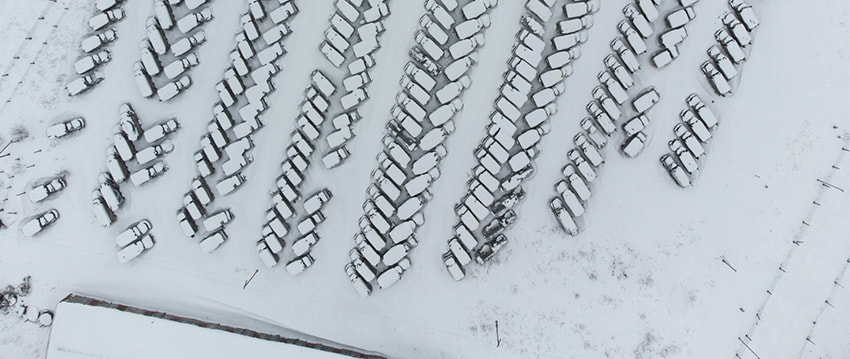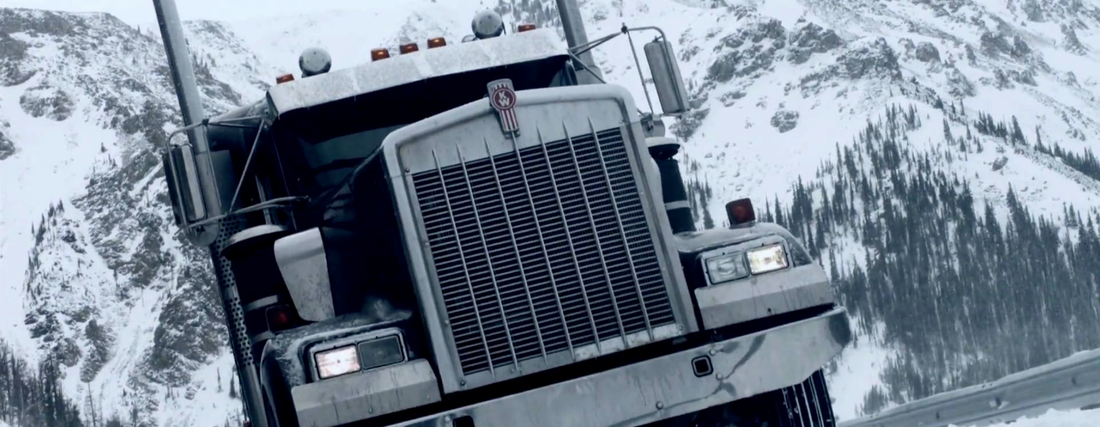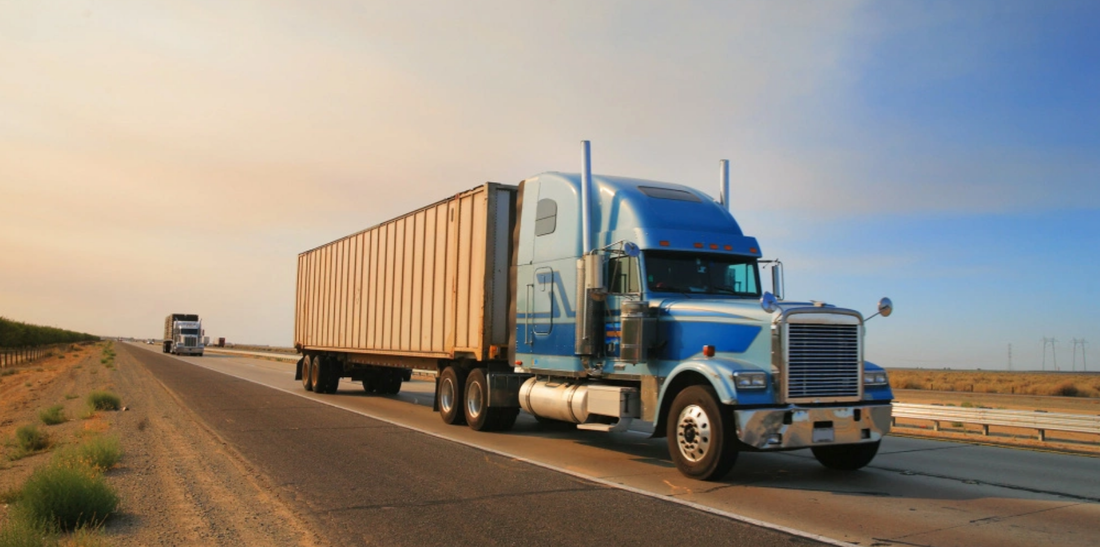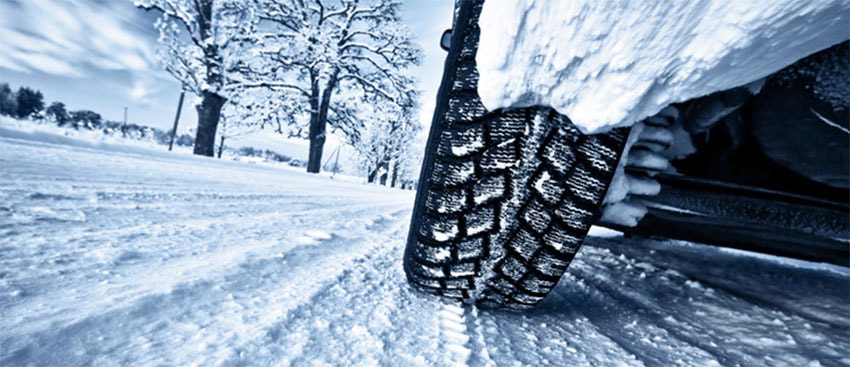Preparing Your Semi Truck or Heavy Equipment For Winter
Living in and around Alberta and Calgary, Canada, is great for many reasons, but one of the facts of life here is that winters can be harsh. With temperatures that range from bitterly cold and icy to above-zero and slushy, your vehicle has to put up with some intense environments between October and March every year.
While most people take some preventative action for winter, like installing winter tires, there are some often-overlooked steps you can take across all your vehicle’s systems to ensure that everything is running in top shape – before the really cold weather hits. Tips for Starting Your Heavy Truck or Equipment in the Cold
For those living or working in Calgary and southern Alberta, we know winters are a relentless battle against Mother Nature's icy grip.
With temperatures plunging to a staggering -40 degrees, the cold isn't just inconvenient—it's a formidable adversary. Imagine waking up to your day ahead and knowing that your first challenge will be to muster the courage to step outside and face the Arctic chill, all to start your heavy truck or industrial equipment. But let's be honest: the show must go on in many industries, regardless of how unforgiving the weather may be. From construction to transportation, the work doesn't have a "pause button" for extreme conditions. This means you're often left with no choice but to keep your truck plugged in around the clock, fingers crossed that it'll muster enough power to start. How You Can Keep Your Cab Temperature Livable Without Idling Your Truck.In recent years, a new trend of anti-idling laws has cropped up in many places around the world, and Alberta could be next in line. These laws are meant to reduce waste and emissions from vehicles that are idling for long periods of time – affecting everything from long-haul trucks at rest stops to the huge cargo ships waiting in a port. The laws are for a good reason, but they often fail to account for the reason why the vehicles are idling in the first place: the weather outside can be extreme, and it’s often quite literally unsafe to be in a vehicle without heating or cooling for several hours.
Winter Stopping Components
Looking for winter driving safety tips? This page explains the role of traction control, shock absorbers, anti-lock brakes, and maintenance for better winter driving.
As a city in southern Alberta – a region known for its snowstorms and winter cold – there’s bound to be days in Calgary where you find yourself on a snow-covered Deerfoot Trail or a dark and icy 16 Ave at rush hour. However, modern vehicles have all kinds of winter driving equipment and safety systems built in to help you keep control on slick surfaces. If you keep them well maintained and ready, you can help keep yourself safe, no matter the winter driving conditions. |
|
What Sets Us Apart
• Service Trucks & Mobile Service • 5 Laptops & 1 North American automotive scanner • Commercial Vehicle Inspection Programs • Fleet Maintenance • Trailer Shuttles • Open 6 days a week |





 RSS Feed
RSS Feed
